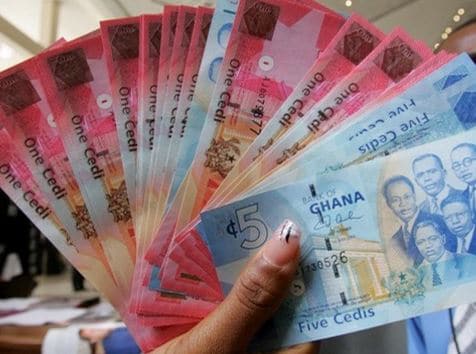- Databank Research projects single-digit end year target
Declines of food prices in January 2021, typical after every festive season, have led to a drop in inflation to the single-digit column – recording 9.9 percent, data from the Ghana Statistical Service have shown.
The data indicate food inflation for January dropped to 12.8 percent from the 14.1 percent recorded the previous month. This effectively decreased the basket’s contribution to national inflation to 57 percent, slightly down by 2.1 percentage points from that recorded in December.
The non-food basket, on the other hand, recorded same the inflation as last month’s figure of 7.7 percent, which is below the 2020 average of 8.5 percent. Imported goods also recorded inflation of 6.1 percent, also the same as last month; meanwhile, that of local goods recorded 11.3 percent, down from 12.1 percent last month.
At the regional level, overall year-on-year inflation ranged from 1.9 percent in Upper West Region to 15.1 percent in Greater Accra Region. The decline in inflation to a single-digit for beginning of the year comes as good news to managers of the economy, as there is a heightened risk that it may inch-up again.
The risk of disinflation is underscored by the Bank of Ghana in its Monetary Policy Committee report in January, as it led to a decision to maintain the policy rate at 14.5 percent for the fifth consecutive time.
“Underlying inflation pressures inched-up marginally in line with the headline inflation trends. The Bank’s core inflation measure, which excludes energy and utility, went up marginally while inflation expectations of businesses and consumers moderated. Financial sector inflation expectations inched-up marginally.
Headline inflation, while on a steady decline in the early months of last-quarter 2020, jumped in December to 10.4 percent – outside the target band of 8±2 percent, driven by food prices. However, the Bank projects headline inflation will return to target in the second quarter of 2021.
Risks to inflation in the near-term are broadly contained, but short- to medium-term risks emanating from the fiscal expansion and rising crude oil prices are emerging. “Under the circumstances, and given the balance of risks to inflation and growth, the Committee decided to keep the policy rate at 14.5 percent,” the statement said.
Outlook
According to Databank Research, there is a possibility for the disinflation process to continue through the ensuing months of the year. However, recovery in oil prices will also pose risks to the disinflation process as prices will increase at the pumps, thereby affecting the general price of goods and services.
“Ahead in 2021, we expect improvements in the supply-side to support disinflation toward the central path of the BOG’s target range. We view government’s plan to cut the budget deficit with the indication of zero-financing from the central bank in 2021 as conducive for disinflation. Also, a favourable base effect together with the food harvest season should drag down CPI inflation in Q2-2021 and Q3-2021.
On the flipside, we perceive the recovery in oil prices as a push factor for domestic ex-pump prices and transport fares. But we expect these pressures to diminish quickly with appropriate monetary policy to quell any 2nd-round effect. Against this backdrop, we forecast inflation between 7.7 percent – 9.7 percent by full-year 2021,” Databank said in its quarterly strategy report.










